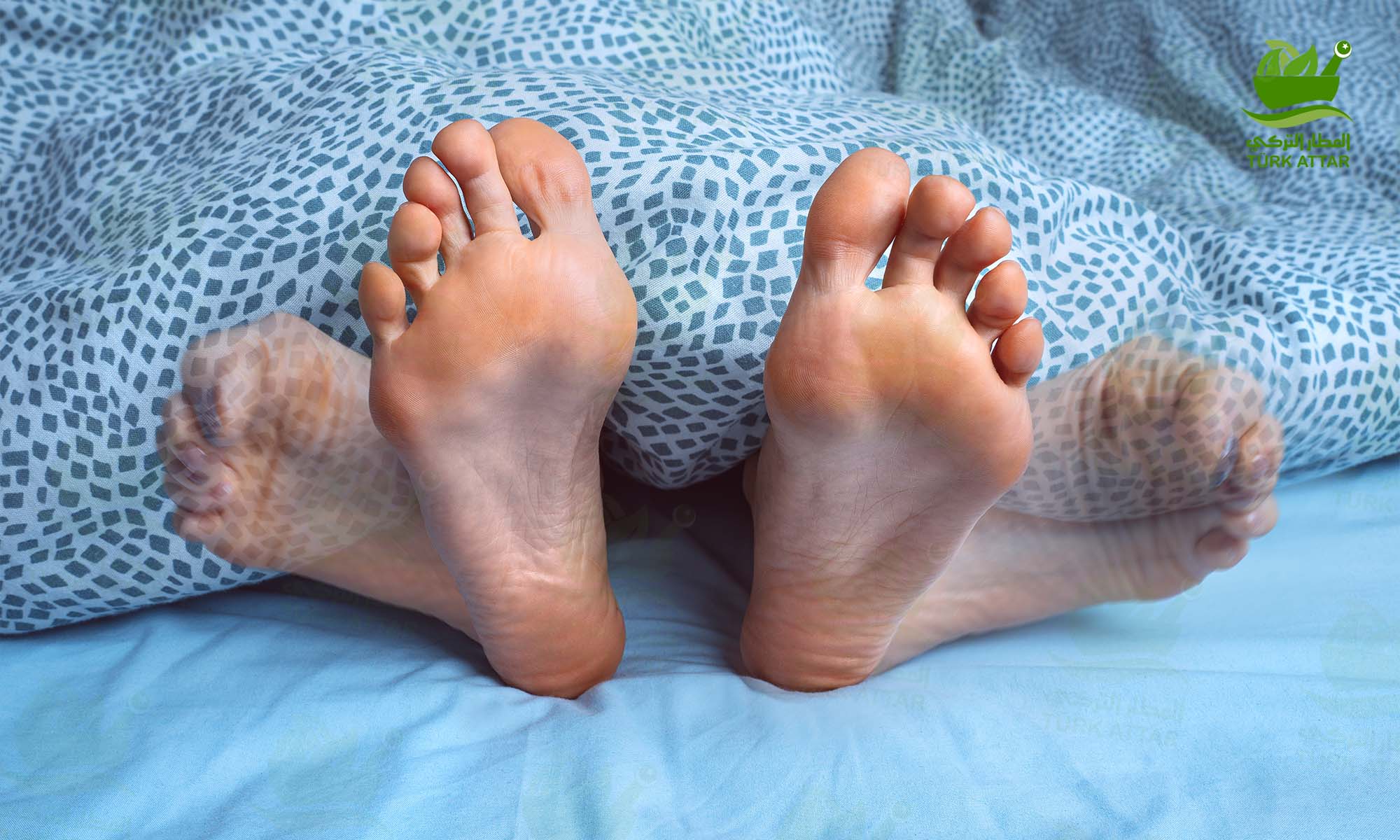
Restless Legs Syndrome , also known as Willis-Ekbom disease , is a chronic movement disorder in which an individual has an uncontrollable urge or need to move their legs due to an uncomfortable feeling. This usually happens in the evening or at night while sitting or lying down. Movement temporarily relieves the feeling of discomfort. Restless legs syndrome can begin at any age and usually worsens with advancing age. When it reaches levels that interfere with sleep patterns, it can cause difficulties in daily activities.
Restless Legs Syndrome
A few simple self-care measures may be enough to relieve the symptoms of restless legs syndrome . However, there are several medications available that can help individuals with more severe RLS.
Which Department Deals with Restless Legs Syndrome?
Restless legs syndrome is diagnosed clinically. Restless legs syndrome can be controlled with various medications. For restless legs syndrome, you can make an appointment with the neurology or psychiatry department.
Reasons
What Causes Restless Legs Syndrome?
The exact cause of restless legs syndrome is not determined in many cases. Researchers think the condition is caused by an imbalance in dopamine, which is released by the brain to control muscle movements.
Restless legs syndrome can occur without any known cause, or it can occur due to disorders in iron metabolism , some chronic diseases and side effects of various drugs. Restless legs syndrome can occur at any age, including childhood. The disease is more common with increasing age and is more common in women than men.
It is thought that restless legs syndrome comes from the family, especially in cases under the age of 40 . However, pregnancy or similar hormonal changes can temporarily aggravate the symptoms of restless legs syndrome.
Some women may begin to experience restless legs syndrome symptoms for the first time during their pregnancy, especially in the last three months . In such cases, the symptoms usually disappear after the birth, as the hormonal balance returns to normal. Restless legs syndrome is not usually associated with a serious underlying medical problem, but in some cases it may accompany other
conditions:
Sometimes , nerve damage can occur in the hands and feet of an individual from chronic diseases such as diabetes and alcoholism. This damage leads to peripheral neuropathy.
Even without anemia , iron deficiency can cause restless legs syndrome or aggravate an existing condition. An individual may have iron deficiency if they have a history of bleeding from the stomach or intestines, have heavy menstrual periods, or donate blood frequently.
If the individual has kidney failure , there may also be iron deficiency along with anemia. When the kidneys are not working properly, iron stores in the blood can decrease. These and other changes in body chemistry can cause restless legs syndrome or aggravate an existing condition.
Lesions that occur in the spinal cord as a result of damage or injury have been associated with restless legs syndrome. Medical interventions that cause the spinal cord to be anesthetized can also lead to restless legs syndrome.
Symptoms
What Are the Symptoms of Restless Legs Syndrome?
The main symptom of restless legs syndrome , as the name suggests, is the urge to move the legs. Among other characteristic symptoms accompanying this urge, the most common are listed below:
Sensations that begin after a period of rest or a period of inactivity are among the common symptoms. These feelings usually begin after sitting in a car seat, on a plane, or in a movie theater for a long time, or after lying still in one place for a while.
Symptoms generally worsen in the evening and are most severe usually at night.
Restless legs syndrome tends to relax with movement. RLS symptoms are relieved by stretching, shaking the feet, or walking.
It can cause leg twitching at night. Health professionals consider restless legs syndrome to be associated with a more common condition called periodic limb movement during sleep. This causes the individual's legs to wiggle during sleep and possibly a kicking motion during the night.
People with restless legs syndrome typically describe their symptoms as abnormal, unpleasant sensations they feel in their legs or feet. These sensations usually occur in both legs. In rarer cases, these sensations also affect the arms.
It is observed that the sensations generally occur in the skin, not in the limb. The sensations include crawling, pulling, pulsating, pain, itching, or electrifying sensations.
In some cases, it is difficult for individuals to explain exactly what these feelings are. Individuals suffering from restless legs syndrome often do not describe the condition as muscle cramping or numbness. However, the desire to move the legs is consistent in almost every case.
It is also common to see fluctuations in the severity of symptoms. The symptoms of restless legs syndrome may disappear for a certain period of time, but will return in almost every case.
Diagnostic Methods
Which Doctor Looks for Restless Legs Syndrome and How Is It Diagnosed?
In some cases , it is observed that individuals under the influence of Restless Legs Syndrome (RLS) do not seek medical help for fear that they will not be taken seriously. However , sleep disturbance and daytime drowsiness due to Restless Legs Syndrome (RLS) can affect the quality of life of individuals. It is recommended to consult a neurologist for restless legs syndrome .
The neurologist, who is applied for the examination, will first obtain information about the individual's medical history and will ask for the symptoms to be explained.
Restless legs may be diagnosed when a strong, often irresistible urge to move the legs, often accompanied by uncomfortable sensations, begins and worsens during rest, such as sitting or lying down, and is progressively worse at night, and the condition cannot be explained by another medical or behavioral condition .
A physical and neurological examination will be performed by the doctor. However, the doctor may order a blood test specifically to measure iron deficiency to rule out other possible causes.
The doctor may also refer the individual to a sleep specialist in rare cases. If another sleep disorder, such as sleep apnea , is suspected, an overnight stay at a clinic where doctors will examine sleep may be necessary, but a separate sleep study is not required to diagnose restless legs syndrome.
